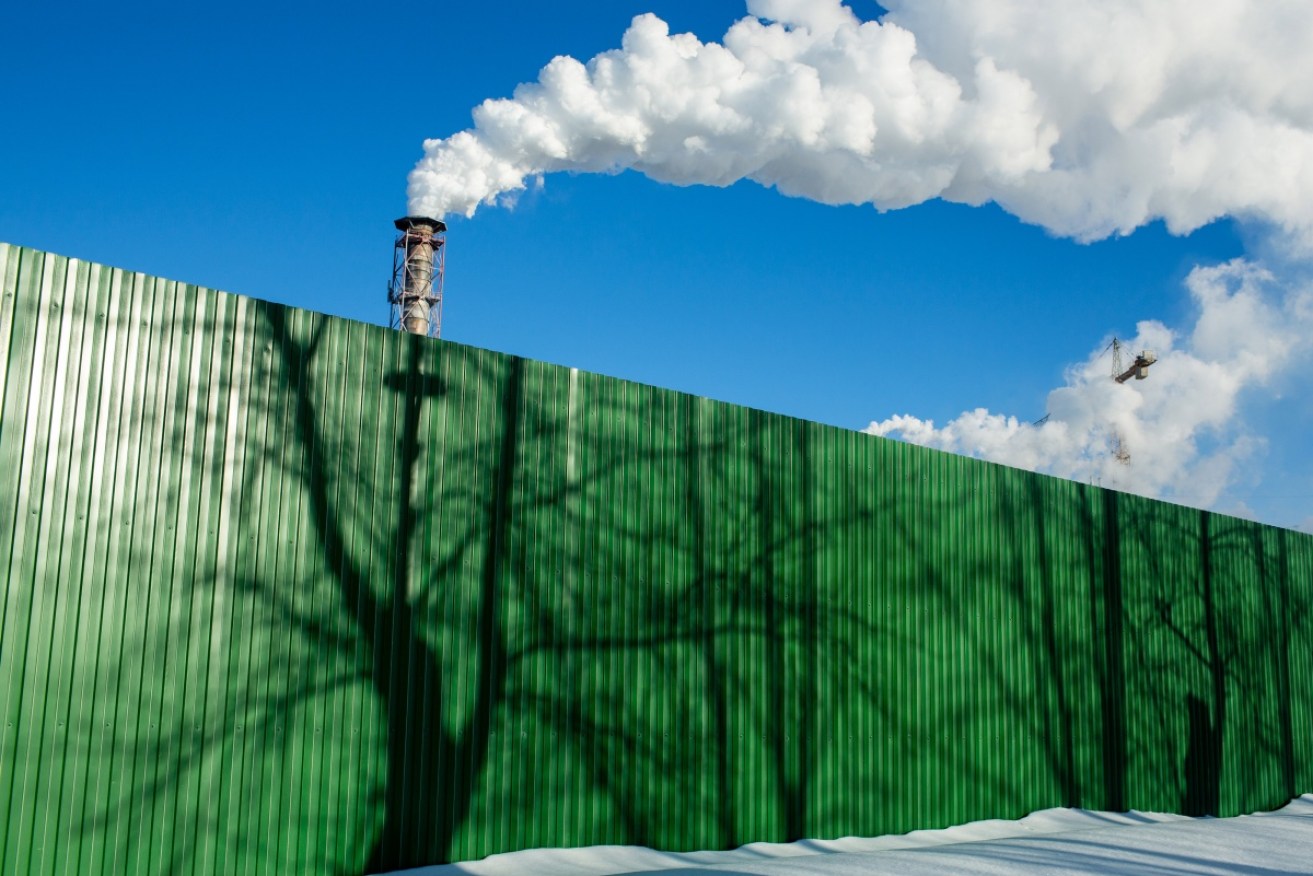Live near a park or civic garden? Your risk of stroke drops by 16 per cent


Politics around the world have failed to seriously reduce the burning of fossil fuels. Photo: Getty Photo: Getty
The risk of having an ischaemic stroke, a blockage that reduces the blood flow and oxygen to the brain, drops 16 per cent in people who have green spaces less than 300 metres from their homes.
Spanish researchers came to this conclusion after investigating “exposure to three atmospheric pollutants linked to vehicle traffic in more than three and a half million people”.
Specifically, they analysed the impact of “particulate matter under 2.5 microns, nitrogen dioxide and soot particles at the place of residence of each of the people studied”.
The number and density of green spaces within a 300-metre radius of their homes were also studied.
The study took in almost half the entire Catalonian population over the age of 18 who hadn’t suffered a stroke before the start of the study.
What’s the thinking here?
The logic of the findings is as follows: More pollution, more strokes.
But when there are more green spaces, there is less pollution and fewer strokes.
A 2015 study found that long-term exposure to air pollution can cause damage to brain structures and impair cognitive function in middle-aged and older adults.
A 2018 study linked exposure to residential air pollution during foetal life with brain abnormalities that may contribute to impaired cognitive function in school-age children.
Green spaces are credited with reducing carbon dioxide, but there’s also evidence they absorb other pollutants, including particulate matter PM2.5 – one of the most dangerous pollutants because it can pass through human lungs and move into the blood system.
This new study shows that levels of nitrogen dioxide (NO2), an air pollutant, are also apparently absorbed or otherwise reduced by green spaces.
Co-author and associate professor Cathryn Tonne, a researcher at the Catalan government’s Department of Health and the Barcelona Institute for Global Health said:
“It should be borne in mind that, unlike other air pollutants, which have various sources, NO2 is mainly caused by road traffic. Therefore, if we really want to reduce the multiple risks that this pollutant poses to people’s health, we need to implement bold measures to reduce car use”.
Green spaces vital for urban health
The public health role of green spaces in urban settings, such as parks and civic gardens, has gained traction in recent years, as far as the research goes, anyway.
As The New Daily reported last year, living less than 50 metres from a major road – or less than 150 metres from a highway – has been linked to a significantly higher incidence of dementia and Parkinson’s disease.
The implication is that chronic exposure to traffic pollution increases your risk of these neurological diseases, a theory supported by previous research.
In 2019, we reported on a study of more than a million people that found children who grew up with the lowest levels of green space – parks, gardens and sports fields – were up to 55 per cent more likely to develop a psychiatric disorder.
These findings support a growing body of evidence – including pioneering work by Australian researchers – that links health and wellbeing to urban green spaces.
Studies have found that living in greener neighbourhoods is associated with slower cognitive decline in elderly people, reduced stress, lower cancer risk, and – by simply greening vacant lots – lessening feelings of depression in city dwellers.
But this association with mental health – and the fact that growing up in urban environments (cities) is associated with the risk of developing psychiatric disorders – has come into sharp focus in recent years.
The reason is simple: City-based populations and mental health problems are both on the rise.








